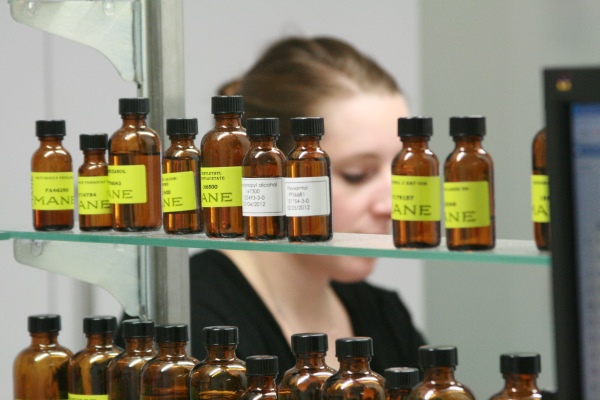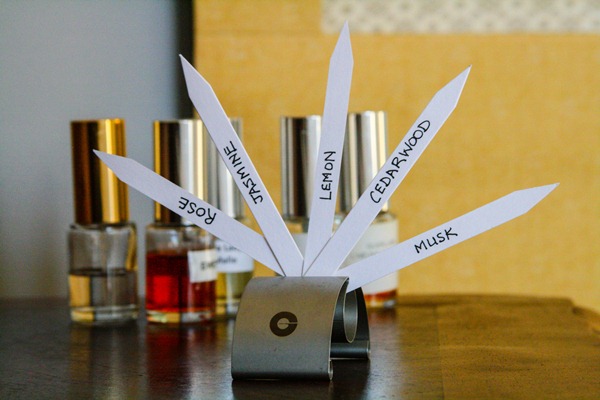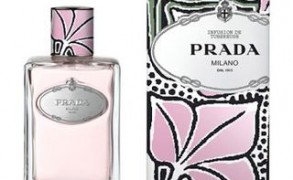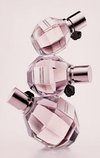How Balsams are Harvested for Perfume
Peru Balsam is one of the workhorses in a perfumer’s palette providing a solid base note and voluptuous drydown. It’s a resinous material that, depending on the extraction method and provenance, can smell either warm and ambery or smoky and spicy. When you enjoy perfumes like Hermès Elixir des Merveilles, Serge Lutens Amber Sultan, or Yves Saint Laurent Opium, you’re admiring the complexity of this interesting note.
I have enjoyed experimenting with Peru balsam ever since my early days in perfumery school, but it was only last year that I discovered how it’s grown and collected. The process hasn’t changed much since antiquity and it’s fascinating. I had been meaning to write about it when I discovered something even better. A company, Nobs Naturals, uploaded a video on Youtube showing how Peru balsam is gathered and you can see for yourself what it’s like.
Nobs Naturals provided the following explanation:
“A piece of bark measuring about 36 by 6 inches is removed starting from the lower part of the tree trunk. The tree can be harvested at all heights of its trunk, which can have a height of over 30 meters. The exposed area is then burnt with a torch, and then a piece of dry cloth is placed on the wound to absorb the oleoresin produced by the tree in response to the treatment. After a month and a half the cloth is recovered and the oleoresin is extracted from it by boiling in water for many hours and then passage through a rustic wooden press. The bark removed from the tree trunk is subject to a similar process.”
Styrax, benzoin and many other balsamic-resinous materials are collected in a similar manner.
Extra: Tolu Balsam, Benzoin, Styrax and Other Oriental Balsamic Notes




















Yuliya Luk in Hermes Un Jardin Sur Le Nil : Fragrance Review: I want to say that after trying many perfumes from Hermes, I was not ready to buy them and use them. I received this scent as a gift from my… April 25, 2024 at 9:30pm